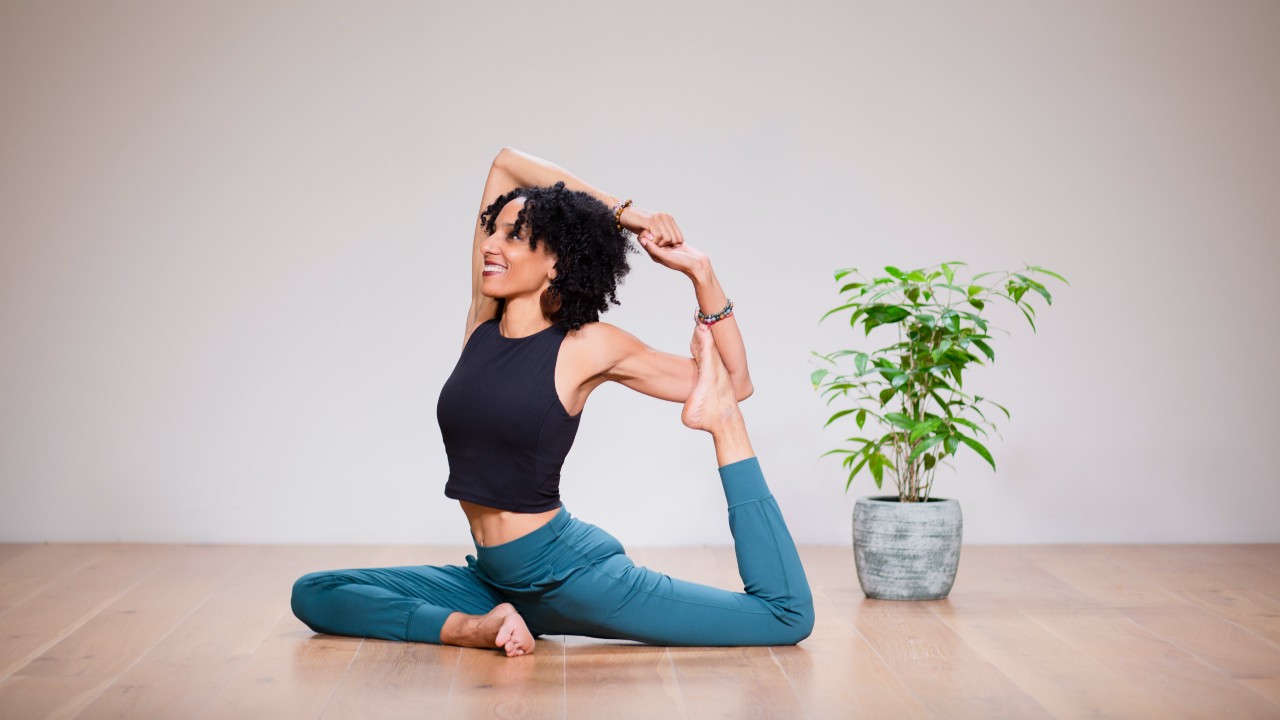In the modern world of fitness, yoga and strength training may seem like two opposites. One focuses on flexibility and relaxation, while the other aims at increasing strength and mass.
However, their combination can lead to significant improvements in physical fitness and health. In this article, we will discuss how yoga can complement strength training, provide examples of exercises, and offer recommendations for integrating these practices.
The Impact of Yoga on Strength Training
Yoga and strength training can beautifully complement each other, creating a harmonious combination that enhances physical fitness and overall health.
- Improving Flexibility and Mobility: Yoga helps develop flexibility and mobility, which are especially important for strength training. More flexible muscles and joints reduce the risk of injury and improve exercise technique.
- Strengthening the Core and Posture: Many yoga poses focus on strengthening the core muscles and improving posture. This helps maintain proper body alignment during strength exercises, enhancing their effectiveness.
- Enhancing Concentration and Control: Yoga teaches concentration and mindfulness, leading to better body control during strength training. This allows for more precise and safer execution of exercises.
- Reducing Stress and Enhancing Recovery: Practicing yoga helps relieve tension and improve mental well-being. This aids in quicker recovery after intense strength workouts and helps maintain motivation.
Examples of Yoga and Strength Training Exercises
To achieve the best results, it’s important to properly integrate yoga and strength training into your workout routine. Here are some exercises that can help with this.
Yoga Poses to Enhance Strength Training
- Warrior II Pose (Virabhadrasana II): This pose strengthens the legs, glutes, and core, improving balance and coordination. It also enhances hip flexibility, which is important for squats and lunges.
- Plank Pose (Kumbhakasana): This pose strengthens the core, shoulders, and arms. It helps maintain stability and improves the effectiveness of exercises like push-ups and bench presses.
- Bridge Pose (Setu Bandhasana): This pose strengthens the back and glutes, improving spinal mobility and increasing stability during back and glute exercises.
Strength Exercises to Complement Yoga
- Weighted Squats: These help develop leg and core strength, which is crucial for performing many yoga poses.
- Deadlifts: This exercise strengthens the back, legs, and core, improving stability and balance.
- Bench Press: This builds arm and shoulder strength, aiding in executing poses and balancing on hands.
Recommendations for Integrating Yoga and Strength Training
To successfully combine yoga and strength training in your fitness program, follow a few simple recommendations.
- Plan Your Workouts: Develop a workout plan that includes both strength and yoga sessions. For example, you might practice yoga on rest days from strength training or incorporate yoga exercises into your warm-up and cool-down.
- Listen to Your Body: Pay close attention to how your body feels and avoid overexertion. If you feel fatigued or uncomfortable, take a break and allow time for recovery.
- Gradually Increase Intensity: Start with basic poses and exercises, gradually increasing the complexity and intensity. This helps prevent injuries and improves overall fitness.
- Vary Your Workouts: Include different types of yoga and strength exercises in your program to avoid monotony and maintain interest. Experiment with various styles of yoga, such as Hatha, Vinyasa, or Iyengar, and vary your strength training types.
- Consult Professionals: If you have questions or doubts about your workouts, seek advice from a trainer or yoga instructor. They can help adjust your program according to your goals and physical capabilities.
Conclusion
Yoga and strength training can become an ideal combination for those seeking balanced development of body and mind. Yoga enhances flexibility, strengthens the core, and reduces stress, while strength exercises develop muscle mass and increase physical endurance.
By following the suggested recommendations and exercise examples, you can integrate these practices into your fitness program and achieve impressive results. Remember, success depends on consistency and balance, as well as respecting your own body.
